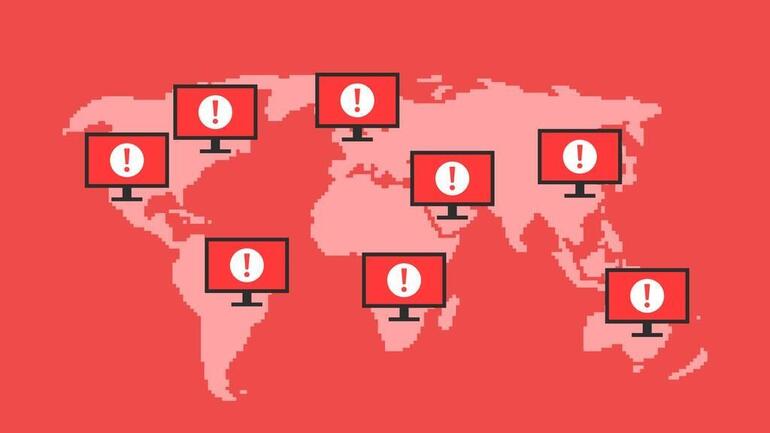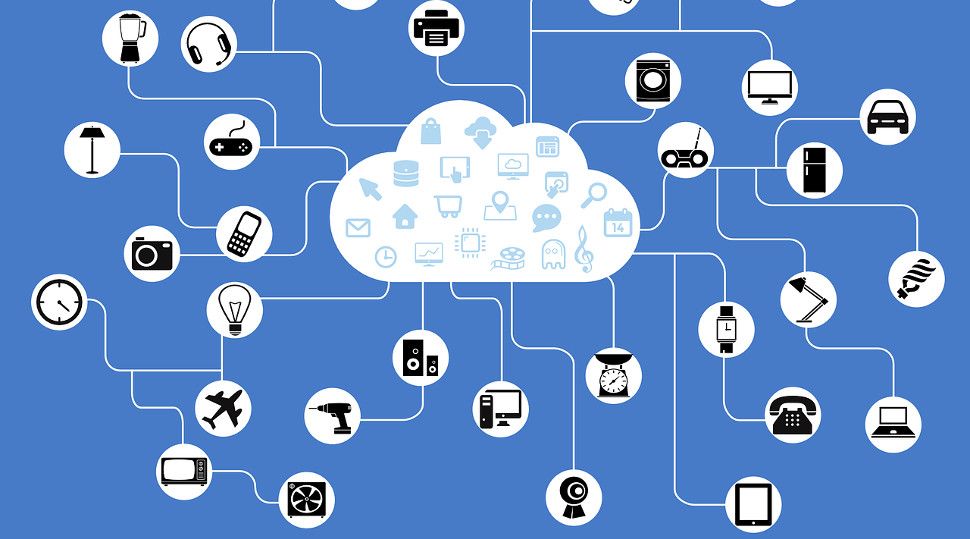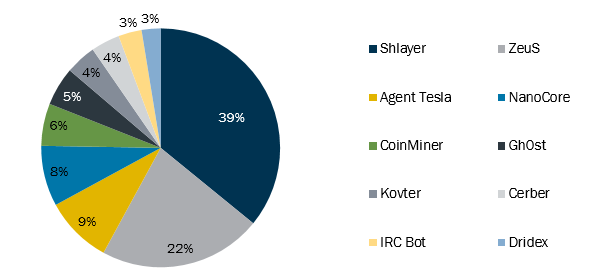Cyberconflict: How it can reach beyond government systems, and how to protect your business
Cyberconflict is an unfortunate growing trend impacting businesses and governments. Learn the risks and possible solutions from an industry expert.

Image: iStock/Infadel
Recently, I found out the hard way that cyberattacks aren’t relegated merely to high-profile businesses nor engaged in by shadowy foreign agents. They can happen right here in your town.
SEE: Zero trust security: A cheat sheet (free PDF) (TechRepublic)
That’s what happened to my teenagers’ school system at a town in Massachusetts when someone engaged in a distributed denial of service (DDoS) attack against the Wi-Fi network. It was so crippling and pervasive that the school system had to bring in cybersecurity experts to resolve the problem.
The consensus seemed to be that the attacker had an agenda to thwart the virtual learning the students were engaged in and apparently force all the kids back to school full time for whatever reason.
This criminal activity did not succeed, fortunately, and was brought to a halt without identifying the perpetrator(s), but it got me thinking about the concept of weaponizing cybersecurity in this manner to generate conflict.
I spoke with Michael Schenck, director of Security Services at Kaytuso, a cybersecurity service provider about the concept, and he told me about the term “cyberconflict.”
Scott Matteson: What is cyberconflict?
Michael Schenck: [Cyberconflict is] cyberattacks that have a background in international relations or bring about consequences that can escalate to a political and diplomatic level.
Cyberattacks on trust are more worrying than those intended to produce physical effects. Attackers find it easier, and perhaps more effective, to weaken the bonds of military alliance rather than go after fighter jets, or corrupt financial data rather than destroy banks’ computers.
Cyberattacks on trust and integrity have a much lower threshold, are harder to detect and deter, and can cascade through interconnected systems.
SEE: Social…


